Researchers work with students today for a healthier tomorrow
It’s in the air. Metal, that is.
Specifically, in the toxic air that surrounds Furr High School, just 4 miles from the Houston Ship Channel’s oil refineries and plastics facilities.
Deidra D. Davis, a Texas A&M urban planning professor, is part of a team of researchers that aim in part to teach Furr students how to advocate for a healthy environment at their school and homes.
Invisible Pollutants
Houston, one of the 10 largest port cities in the U. S., is a main conduit for ships that facilitate worldwide trade. These ships burn bunker fuel, a thick, sulfur byproduct of traditional fuel/oil refining, and are large contributors to air pollution. Plastic and gasoline manufacturing facilities, also based in Houston, produce a level of air pollution that many experts consider unacceptable.
The hazardous and sometimes carcinogenic pollutants cause air quality issues, and a greater risk of developing health problems for those who inhale it, especially those located close to the facilities, who are often lower-income residents and members of vulnerable populations.
“People are walking around and can’t see the pollution, but it gets into their lungs,” said Davis. “There are extremely fine particles that are inhaled.”
While Houston’s industries have regulations set by the Environmental Protection Agency which they are legally obligated to follow, Davis said the air quality issues are well known, but that it’s hard to track and hold individual facilities responsible for their airborne emissions and the health effects they may cause in the surrounding communities.
Multi-Objective Mission
Funded by a $50,000 Texas A&M Center for Environmental Health Research Grant, Davis and her university colleagues, Project Investigator Shankararaman Chellam, a professor of civil and environmental engineering, and two co-PI’s from the School of Public Health: Natalie Johnson, vice chair of the toxicology program, and Itza Mendoza-Sanchez, assistant professor, aim to better understand air toxic metal levels and their health links in populations neighboring the ship channel.
Team members will monitor trace level metal measurements and use experimental models for determining aerosol toxicology. With this additional data, the team aims to expand the continuum of exposure research, hazard identification, risk characterization, and community action.

Starting with Young Minds
The next generation’s impact and influence begins long before they take over the workforce, said Davis. Students who become engaged with local issues that affect them could inform their long-term career decisions, potentially creating the next group of scholars, decision makers and world changers.
“The importance of educating the youth is because they are at such a prime state in their development,” she said. “What these students become passionate about in high school could have an impact on what they choose to study in school and what they do with their lives.”
The Furr High School project started in May 2021 and consists of over 1,000 students from the 9th–12th grade.
“First, we’re gauging knowledge and awareness of these issues through surveying students, faculty and staff,” said Davis. “We want to know how they perceive the risks, how their growing knowledge influences their households and futures, and if they discuss these issues at home. We’re also looking to see if our study affects generational education and understanding.”
With her background in community-led health hazard resolution, Davis knows that community members will advocate for change when something is important to them.
Next, the researchers will familiarize students with the environmental issues affecting their area. Furr’s students will then have an opportunity to engage with the project’s scientific processes, including work documenting results from an air quality monitoring system installed at their school.
“These students should be a part of this and have some agency in what occurs in their surroundings and how it can affect them in the future,” Davis said.
Future Leaders
Finally, the team plans to follow up with the students five to 10 years after they graduate to see if and how the program affected their everyday knowledge and ultimately their career decisions.
“We’d love to see who is taking up the torch and continuing to lead,” Davis said.
The team also aims to use their research to help community leaders establish a new policy that will help protect residents and hold the industry to acceptable standards. They hope to use this as a pilot project and eventually expand the program.
The partnership is one of several Texas A&M/Furr collaborations over the years that included training Furr’s students to collect environmental data, and how to use geographic information systems software to record where their measurements were made.
The students’ measurements were part of a National Science Foundation-funded Texas A&M study to explore the notion of citizen-collected environmental data to aid municipal staffs charged with maintaining urban infrastructure.


